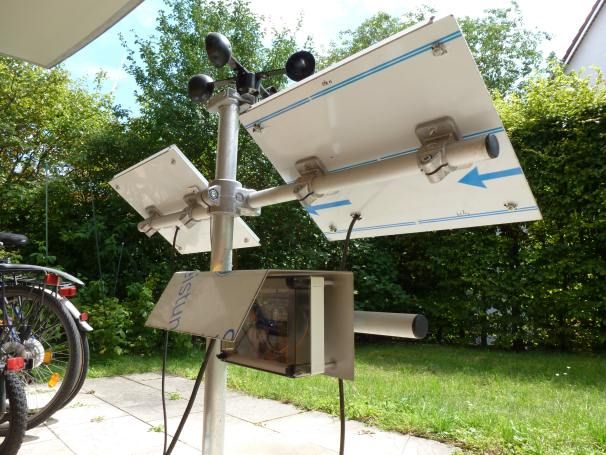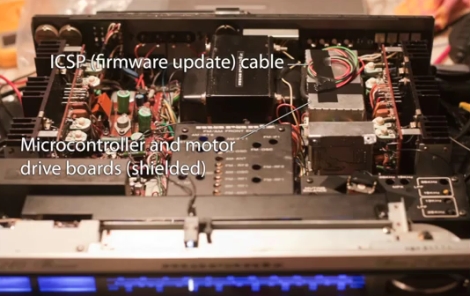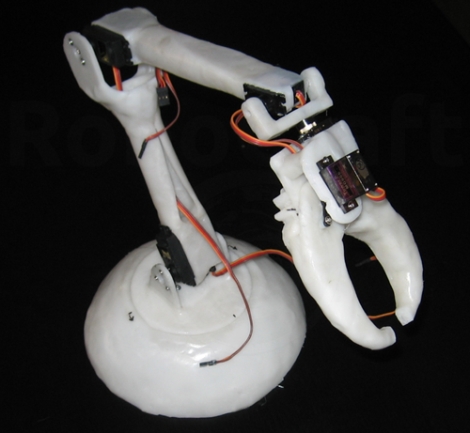

In case you missed them, here are our biggest posts from the past week.
The post that drew the most attention this week was our own [Kevin Dady]’s post about how to install Linux on a 386. In this post, he talks about the process that he used to put a functional copy of Linux on an old 386 laptop.
Next up is a post about a robot dog that was found in an antique dealer’s shop in Paris. This post has a very active comment thread.
Following that is a post about a LED cuboid consisting of 2048 bi-color LEDs, which are all hand-soldered. This is definitely a testament to steady hands and a lot of patience.
Next is a hackaday-original video where [Jack] shows how to kill weeds using the transformer from a microwave oven. This one was controversial but like it or hate it, it was popular.
Last, we had a post about a very interesting hexapod. This robot adds a new spin on the hexapod theme by adding the ability to have all of the legs mechanically extend farther out from the center of the body. It also adds spherical shell pieces to the legs that allow it to transform from a walking to a rolling robot.
One final thought: If you are working on an interesting project, why not post your progress on our forums? Have a problem with something that you are working on? We have sections for that as well. Our forums aren’t too active at the moment but we have nearly 90,000 unique visitors at hackaday each and every day so all it may take to whip them into shape is for just a few of you to be early adopters. We would like to start featuring projects and interesting topics from our forums so this may be a way that your project could find its way onto our main page.

















